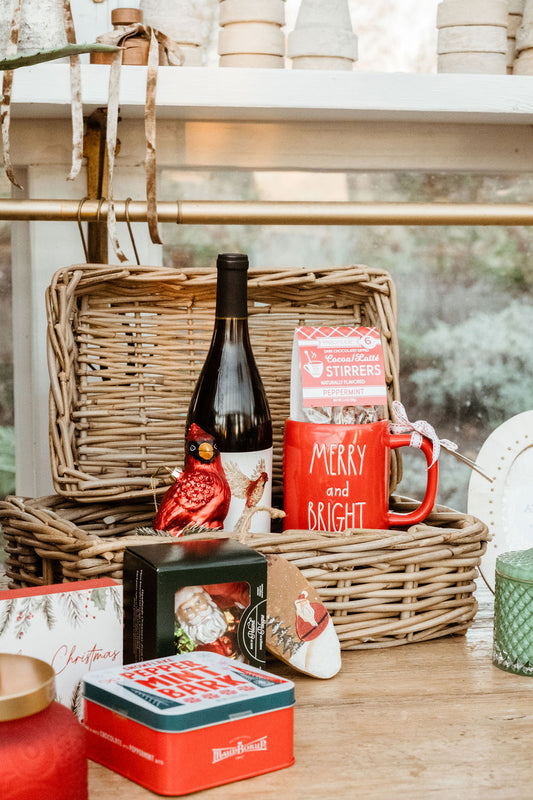When it comes to gardening and plant care, many enthusiasts quickly discover that not all plant pots are created equal. You might notice a surprising difference in the size of plant pots used between the East Coast and West Coast of the United States. But why are these regions not using a standardized pot size? The answer lies in climate, plant needs, regional preferences, and even the logistics of growing and shipping plants.
1. Climate and Growing Conditions
The East and West Coasts experience vastly different climates, which plays a huge role in pot size preferences.
-
East Coast: The East Coast, with its often humid summers and cold winters, creates growing conditions where plants might need to be repotted more frequently. The fluctuating temperatures and humidity can lead to faster water retention or root rot in certain plants, so larger pots are often used to accommodate rapid root growth and to allow better air circulation within the soil. This is especially true in urban gardening, where space might be limited but gardeners want their plants to thrive.
-
West Coast: The drier, Mediterranean climates of places like California call for smaller pot sizes. Plants in arid regions tend to be more drought-tolerant and don’t need as much water retention, which means smaller pots work just fine for the native species and succulents that dominate West Coast gardening. Larger pots in these regions would increase the risk of overwatering.
2. Regional Preferences and Trends
Gardeners on both coasts often follow different trends in plant care, based on local horticultural preferences. For example, West Coast gardeners tend to favor smaller pots because of the widespread popularity of succulents and drought-tolerant plants. Succulents and cacti thrive in smaller pots due to their shallow root systems.
On the East Coast, tropical plants, ferns, and other lush greenery are more common, often requiring deeper pots with room for expansive root systems. Larger pots are also favored for growing vegetables or plants that need extra space for root growth in temperate climates.
3. Shipping and Logistics
Another key reason why there’s no national standard for pot sizes is the logistical aspect of plant distribution. Growers and nurseries in each region design their pot sizes based on local demand and growing conditions. This can lead to differences in pot sizing between coasts, as plant nurseries tailor their stock to their immediate environment. Shipping larger pots across the country can increase transportation costs and environmental impact, so nurseries will typically favor smaller pots for shipping ease, which may explain why you’ll find more uniformity in certain areas but not nationwide.
4. Watering and Pot Sizes
Water retention is another critical factor. Larger pots hold more soil, which holds more water. This can be an advantage on the East Coast, where summers are humid, but on the West Coast, where water conservation is key, smaller pots reduce water waste. Regional variations in water access and conservation practices also influence why gardeners prefer different pot sizes. West Coast gardening often emphasizes water-wise gardening techniques, while East Coast gardeners may not need to be as conscious of drought conditions.
5. Cultural and Historical Influence
Gardening traditions also play a role in these differences. The East Coast has a long history of ornamental gardening with large, sprawling estates, where bigger pots and larger plants have always been in demand. On the West Coast, a more minimalist, modern aesthetic often influences pot sizes, as well as the design of outdoor spaces. Small, chic pots fit well with the streamlined, drought-friendly landscapes that are common in areas like Southern California.
Conclusion: Why No Standard Pot Size?
Ultimately, the reason there isn’t a standard plant pot size across the U.S. boils down to the unique needs of each region's plants, climate, and culture. Pot sizes are a reflection of the environment in which plants are grown, and different regions simply have different requirements. While the East Coast favors larger pots for its lush and temperate gardening needs, the West Coast leans into smaller pots that suit its dry, sunny conditions. As a result, gardeners on both coasts have embraced pot sizes that best meet the needs of their plants, making the idea of a one-size-fits-all solution impractical in such a diverse and vast country.
So next time you're shopping for a plant pot, consider not just the size of the pot but the region you’re in—and remember, there's a method to the madness of these coastal gardening differences!




